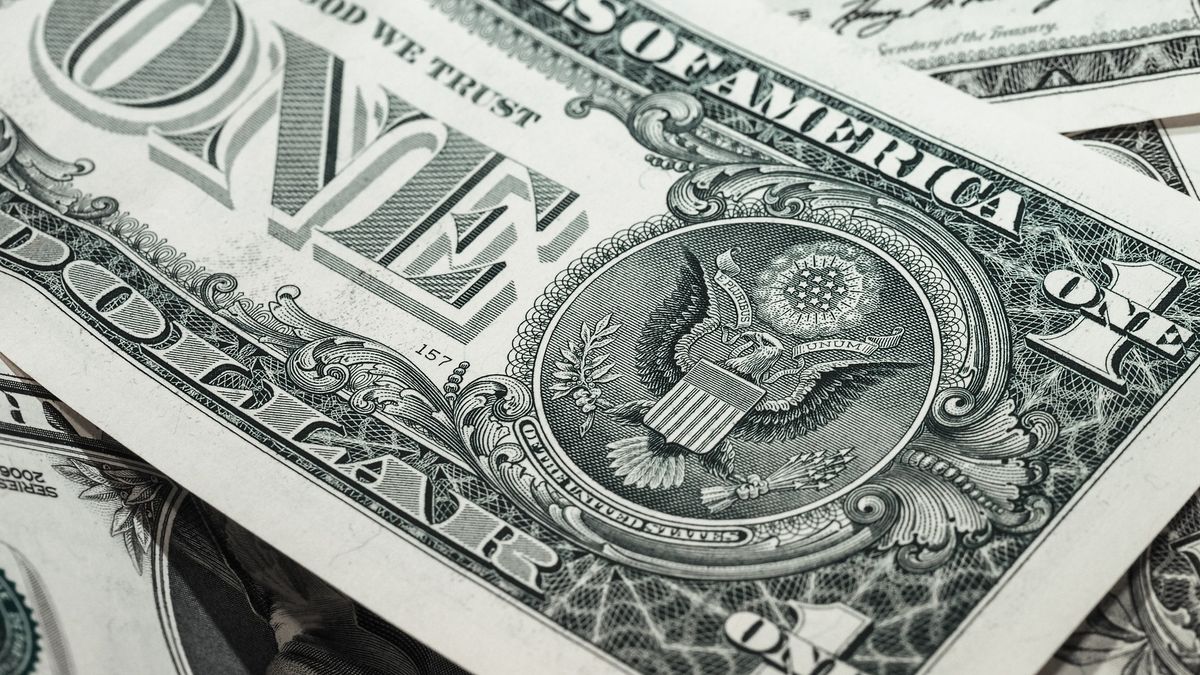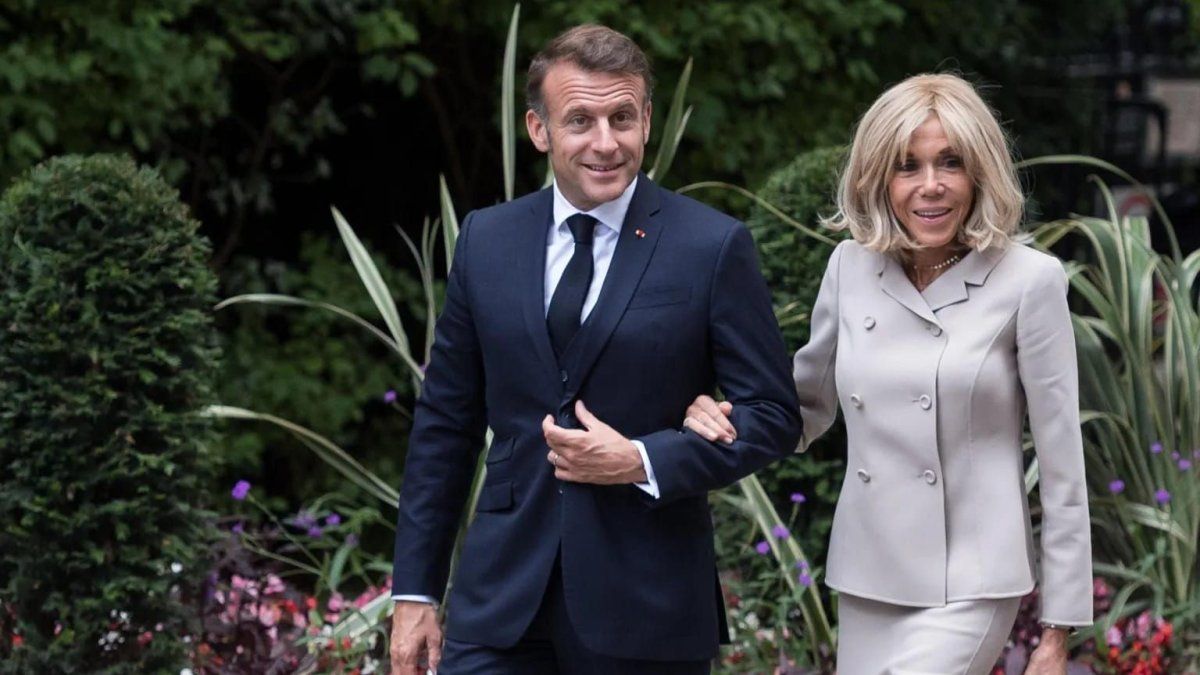The February result comes about because the market took the announcements made by the president and the economy minister about the pre-agreement with the IMF for the renegotiation of a debt of US$45 billion, which was announced on January 28, in a good way.
Another factor that cooled this segment was the decision of the board of the Central Bank to raise the Leliq reference rate -for the second time in the year-, by 250 basis points to 42.5% per year for a term of 28 days, from the current 40%.
In this regard, the BCRA Board decided to raise the monetary policy reference rate by 250 basis points and create the 180-day Liquidity Note (Notaliq) in order to offer a medium-term instrument to absorb liquidity.
The uncertainty prior to the announcement of an understanding between Argentina and the IMF over the debt had caused the blue dollar to skyrocket, reaching $223.50 on Thursday, January 27, its nominal historical maximum so far.
The prices of the alternative exchange rates reached a maximum level of $233 (CCL) on January 27, the day before the announcement of an understanding with the IMF for the debt and the payment of a due date with the organization.
Since then, the exchange rate gap had narrowed by almost 35 points, going from 122% to the current 86%, with additional help provided by the price of agricultural commodities, the acceleration of the crawling-peg in the official dollar.
In recent days, the Argentine market has been rearranging itself in the face of the global upheaval caused by the Russian invasion of Ukrainian soil, which triggered raw material prices and opened up a complex geopolitical panorama between world powers.
A global wave of risk aversion spread after Russian President Vladimir Putin ordered a large-scale invasion of Ukraine in Argentina early this morning, risking severe economic sanctions from the West.
ActivTrades analyst Alexander Londoño stated that “the dollar has been one of the safe haven instruments preferred by investors around the world in these times of uncertainty due to the conflict in Ukraine. The greenback is strengthening against its main counterparts and against the currencies of emerging markets. However, it has been against the euro that it has left on the ground because the conflict in Ukraine could slow down the economy in the old continent”.
In the informal segment, the The blue dollar rose 50 cents this Friday, February 25, 2022, to $211, in what was its second consecutive riseaccording to a survey carried out by Ámbito in the Foreign Exchange Black Market.
The ticket had risen another 50 cents on Thursday, after hitting five-week lows ($210) midweek.
Consequently, the spread between the parallel dollar and the wholesale exchange rate ended in 96.4%. In this way, during the week the informal price remained at the same levels as seven days ago, although it remained as the most expensive exchange rate in the market, since the CCL closed around $200.
official dollar
The dollar today -without taxes- rose $3.70 (2%) to $112.89 this month (+6 cents this Thursday, February 24, 2022), according to the average in the main banks of the financial system. In turn, the retail value of the currency at Banco Nación remained unchanged at $112.50 on this last wheel.
The wholesale dollar, which is directly regulated by the BCRA, rose $2.40 (2.3%) to $107.45 (+7 cents) in February. In the week, the wholesale exchange rate rose 77 cents, the second highest correction of the current year.
The Central Bank (BCRA) sold reserves for the fifth consecutive day, ending with a negative result of about US$90 million. The monetary authority sold more than US$270 million since Monday, and accumulated a negative balance of some US$190 million in February. This is the fourth month in a row with a negative result.
Analyst Gustavo Ber stated that “the demand for foreign currency, increased today by the end of the month and the compensations inherent to these processes, required new official interventions aimed at correcting the lack of foreign currency on the private side, rounding off a negative result in February due to above the negative result of the previous month”.
In this last round, the US currency operated at a good business level and crystallized within the fluctuation range established for today by the Central Bank. Prices accommodated from the start of the day at the official regulation level and remained with minimal variation throughout the session.
Highs at $107.45 and lows at $107.43, marked the limited movement of values in a day with a very toned demand that required continuous interventions by the Central Bank in the sector where banks and companies operate. Official sales serviced authorized purchase orders that were not properly assisted by the genuine supply side. Official activity became the main source of foreign currency supply in a scenario of a low level of genuine income.
“Next week will be short in operating days due to the holidays on Monday and next Tuesday, which is why a concentration of operations is expected in the remaining days, with expectations that the agro-export complex will once again be a protagonist in the market, something that it did not happen in the last week of the month,” said analyst Gustavo Quintana.
Source: Ambito
David William is a talented author who has made a name for himself in the world of writing. He is a professional author who writes on a wide range of topics, from general interest to opinion news. David is currently working as a writer at 24 hours worlds where he brings his unique perspective and in-depth research to his articles, making them both informative and engaging.




